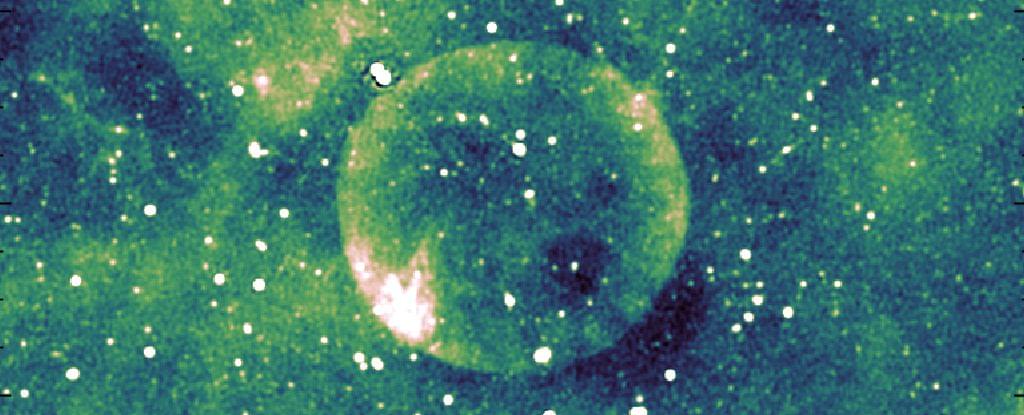A novel matrix could improve the consistency of stem cell cultures and boost production to industrial scales.
U.S. Sens. John Cornyn and Ted Cruz co-introduced a bill to build an American facility that would curb the reproduction of the New World screwworm.
The company also said it is opening up its server platform to other companies to build semi-custom AI infrastructure
List ofs / theses on the topic ‘Prolongement analytique’. Scholarly publications with full text pdf download. Related research topic ideas.
My Patreon Page:
https://www.patreon.com/johnmichaelgodier.
My Event Horizon Channel:
https://www.youtube.com/eventhorizonshow.
Papers:
“Unexplained starlight pulses found in optical SETI searches” Stanton, 2025.
Terraforming Mars is widely discussed but rarely studied rigorously. This Perspective advocates for more research on the topic, ranging from warming methods to biological engineering, to clarify feasibility, costs, ethics and planetary impacts before any ambitious, large-scale attempts.
Olfactory dysfunction (OD) is a common nasal disease, particularly prevalent among the elderly population, significantly impacting the affected individuals’ quality of life. This review focuses on the influence of aging and chronic inflammation on olfactory dysfunction, presenting insights from both the peripheral and central olfactory systems. By exploring the molecular mechanisms and pathological changes underlying the occurrence of olfactory dysfunction in relation to age-related diseases and chronic inflammation conditions, we aim to provide a comprehensive theoretical foundation for further research and offer valuable insights for more effective treatment of olfactory dysfunction.
Our Milky Way galaxy is home to some extremely weird things, but a new discovery has astronomers truly baffled.
In data collected by a powerful radio telescope, astronomers have found what appears to be a perfectly spherical bubble. We know more or less what it is – it’s the ball of expanding material ejected by an exploding star, a supernova remnant – but how it came to be is more of a puzzle.
A large international team led by astrophysicist Miroslav Filipović of Western Sydney University in Australia has named the object Teleios, after the ancient Greek for “perfection”. After an exhaustive review of the possibilities, the researchers conclude that we’re going to need more information to understand how this object formed.









